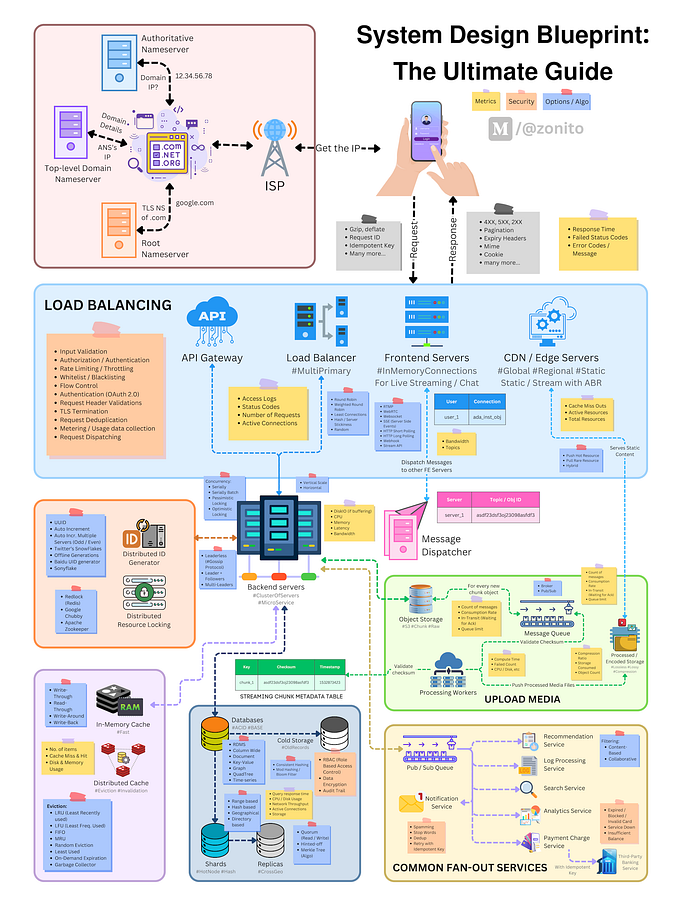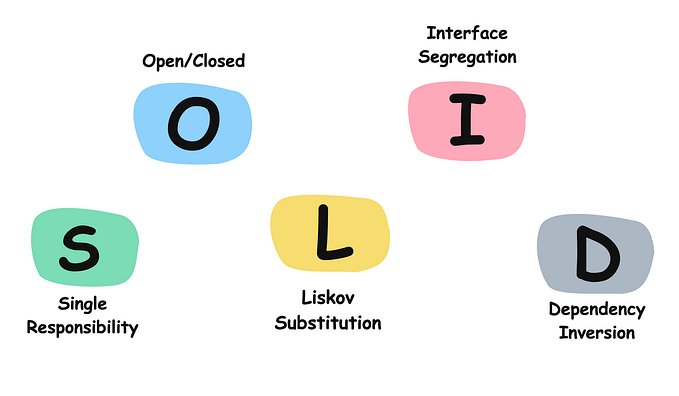Top 10 Essential Algorithms Every Software Developer Should Know and Why They Matter
The Fundamental Role of Algorithms in Software Development
Algorithms are the foundational pillars that enable efficient problem-solving and data processing.
They are the step-by-step procedures or formulas for solving problems, and their importance cannot be overstated.
Mastery of essential algorithms empowers developers to create optimized, effective, and reliable software solutions.
This article explores the ten most essential algorithms in software development, delving into their significance and why they are indispensable in the field.
1. Sorting Algorithms
Sorting algorithms are fundamental to computer science and software development.
They arrange data in a particular order, typically numerical or lexicographical, which is important for optimizing other algorithms that require sorted data to function correctly.
Why They Exist
Sorting is necessary to organize data and enhance the efficiency of search operations and data manipulation tasks.
Sorted data structures facilitate quicker data retrieval and are essential in database indexing and algorithm optimization applications.
Key Examples
• Quick Sort: Utilizes a divide-and-conquer approach to partition arrays and sort the elements efficiently.
• Merge Sort: This is also a divide-and-conquer algorithm that divides the array into halves, sorts them, and then merges the sorted halves.
• Heap Sort: Builds a heap data structure and repeatedly extracts the maximum element to sort the array.
2. Search Algorithms
Search algorithms are designed to efficiently retrieve information stored within data structures.
They are necessary in scenarios where quick data retrieval is needed.
Why They Exist
With data growing exponentially, efficient search mechanisms are vital.
They reduce the time complexity from linear to logarithmic, significantly speeding up data retrieval processes.
Key Examples
• Linear Search: Sequentially checks each element until the desired value is found or the list ends.
• Binary Search: Efficiently searches a sorted array by multiplying the search interval.
• Depth-First Search (DFS) and Breadth-First Search (BFS): Used in traversing or searching tree or graph data structures.
3. Hashing Algorithms
Hashing algorithms convert input data of any size into a fixed-size string of characters, typically a hash code.
Why They Exist
Hashing provides a way to index and retrieve items in a database because it is easier to find the item using its shorter hashed key than its original value.
This method is fundamental in implementing efficient data retrieval systems.
Key Examples
• Hash Tables: Utilize hash functions to compute an index into an array of buckets or slots.
• Cryptographic Hash Functions: Ensure data integrity by producing a unique hash for each unique input.
4. Dynamic Programming Algorithms
Dynamic programming is a method for solving complex problems by breaking them down into simpler subproblems.
Why They Exist
Many problems involve overlapping subproblems and optimal substructure.
Dynamic programming solves each subproblem only once and stores the result, avoiding redundant computations.
Key Examples
• Fibonacci Sequence Calculation: Stores previous results to efficiently compute the following number in the sequence...
• Knapsack Problem: Determines the most valuable combination of items without exceeding capacity.
• Shortest Path Algorithms: Such as Bellman-Ford, which computes shortest paths in a weighted digraph.
5. Graph Algorithms
Graph algorithms are essential for solving problems related to graph theory, which models pairwise relations between objects.
Why They Exist
Graphs represent communication networks, data organization, computational devices, and more.
Algorithms that process graphs are vital for understanding and effectively utilizing these networks.
Key Examples
• Dijkstra’s Algorithm: Finds the shortest path between nodes in a graph.
• Kruskal’s and Prim’s Algorithms: Find the minimum spanning tree for a connected weighted graph.
• A Search Algorithm*: Finds the shortest path to a goal node with the lowest cost.
6. Greedy Algorithms
Greedy algorithms make the optimal choice at each step as they attempt to find the optimal way to solve the entire problem.
Why They Exist
When a global optimum can be reached, choosing the best local option is used.
These methods simplify complex problems and are efficient in terms of computation time.
Key Examples
• Huffman Coding: Creates a prefix code used in data compression.
• Activity Selection Problem: Select the maximum number of activities that don’t overlap.
• Coin Change Problem: Finds the minimum number of coins needed to make a certain amount of change.
7. Recursive Algorithms
Recursive algorithms solve problems by calling themselves a subset of the original problem.
Why They Exist
Recursion simplifies the code and is a natural way to solve problems with a recursive structure.
Key Examples
• Tower of Hanoi: Solves the puzzle by moving disks between pegs recursively.
• Quick Sort and Merge Sort: Use recursion to sort elements efficiently.
• Tree Traversals: In-order, pre-order, and post-order traversals in binary trees.
8. String Matching Algorithms
String matching algorithms find occurrences of a substring within a main string.
Why They Exist
Efficient string matching is essential in text editors, search engines, DNA analysis, and more.
Key Examples
• Knuth-Morris-Pratt (KMP) Algorithm: Improves the worst-case complexity by avoiding unnecessary comparisons.
• Rabin-Karp Algorithm: Uses hashing to find any one of a set of pattern strings in a text.
• Boyer-Moore Algorithm: This algorithm starts matching at the end of the pattern, skipping text sections to speed up the search.
9. Cryptographic Algorithms
Cryptographic algorithms are essential for securing data through encryption and decryption processes.
Why They Exist
With the increasing need for data security, cryptographic algorithms protect information from unauthorized access and ensure privacy.
Key Examples
• RSA Algorithm: Widely used for secure data transmission.
• AES (Advanced Encryption Standard): Used worldwide to secure data.
• SHA (Secure Hash Algorithms): Used to verify data integrity.
10. Machine Learning Algorithms
Machine learning algorithms enable computers to learn from data and improve from experience without being explicitly programmed.
Why They Exist
As data becomes more abundant, these algorithms allow for predictive analysis, pattern recognition, and decision-making processes.
Key Examples
• Linear Regression: Predicts a quantitative response.
• Decision Trees: For classification and regression tasks.
• Neural Networks: Model complex patterns and prediction problems.
Algorithms are the engines that drive software development, transforming abstract ideas into functional code that powers applications and systems.
The ten algorithms discussed are foundational tools that address various computational problems, from sorting and searching data to securing information and enabling machines to learn.
Understanding these algorithms equips developers with the necessary skills to create efficient, reliable, and scalable software solutions that meet the demands of today’s tech-driven world.
Follow Configr Technologies on Medium, LinkedIn, and Facebook.
Please clap our articles if you find them useful, comment below, and subscribe to us on Medium for updates on when we post our latest articles.
Want to help support Configr’s future writing endeavors?
You can do any of the above things and/or “Buy us a cup of coffee.”
It would be greatly appreciated!
Last and most important, enjoy your Day!
Regards,









